As construction workers, we often have to battle the elements to get the job done. Mother Nature can be unpredictable, and when the rain starts to pour, it's important to have the right protection to ensure both productivity and safety. Dependable rain gear forms the cornerstone of the construction industry's defense against weather adversities. However, the longevity and effectiveness of these protective garments can significantly be influenced by a key factor - maintenance.
In this article, we will dive into the importance of rain gear for construction workers, identify the common types of these crucial wearables, and reveal essential maintenance habits that can prolong their life expectancy. We'll also provide insight into the professional standards for rain gear maintenance, striving to provide you with valuable information to keep you dry, safe, and efficient on the job, regardless of what the weather throws your way. It is not just about purchasing the right rain gear but also about upkeeping them. After all, reliable rain gear isn't a luxury in the construction industry—it's a necessity.
Importance of Rain Gear for Construction Workers
In the realm of construction, the weather can be an unpredictable and relentless force. Be it a torrential downpour or a light drizzle, working in wet conditions can pose significant challenges to construction workers. Hence, investing in high-quality rain gear emerges as an absolute necessity. Let's delve into why rain gear is so crucial for construction workers.
Protection Against Weather Conditions
The first and foremost benefit of rain gear is, quite obviously, the ability to shield against harsh weather conditions. A sudden rainstorm can not only dampen the spirit of the workers but can also dampen their clothes, making them uncomfortable. Here's where rain gear steps in:
- Rain Jackets and Pants: Designed to resist water, a good quality rain jacket and pants set can keep a worker dry and warm. They not only protect the worker's clothes underneath but also prevent the body from getting cold and susceptible to illnesses.
- Rain Boots: These are more than just water-resistant footwear. They are designed to provide good traction on slippery surfaces, reducing chances of falling or slipping.
- Waterproof Gloves: They offer waterproof protection while still allowing the hands to move freely, which is essential on a construction site.
Enhanced Work Efficiency
When construction workers are comfortably equipped to handle the rain, their efficiency and productivity levels tend not to drop with the bad weather. If they aren't constantly worrying about getting their clothes wet or equipment damaged, they can focus better on the tasks at hand. Quality rain gear also prevents workers from frequent changes of clothes, allowing them to spend more time working and less time changing into dry clothing.
Safety from Accidents and Diseases
Finally, rain gear plays a paramount role in maintaining the safety of construction workers. The right gear can help to prevent rain-related accidents such as slipping or getting hit by falling objects made loose by the rain. Moreover, when workers are properly shielded from the rain, they have lower exposure to waterborne diseases that may breed in stagnant water on construction sites.
To sum it up, rain gear is not just about coping with discomfort; it's about ensuring efficiency, productivity, and, most importantly, the safety of construction workers. An investment in quality rain gear is an investment in a safer and more productive construction site.
Common Types of Rain Gears for Construction Workers
Working in the construction industry often means facing the elements head-on. Whether it's blistering heat, chill winter breeze or downpours, a construction worker must be prepared. This article will focus on an essential aspect of a worker's wardrobe: rain gear. Today, we will explore the four most common types of rain gear that every construction worker should have in their arsenal for maximum productivity and safety during rainy weather.
Rain Jackets
The first line of defense against a raging storm for any construction worker is a good rain jacket. These come in a variety of materials, from nylon and polyester to more heavy-duty options like PVC. Some key features to look for include:
- Waterproof or water-resistant materials
- High-visibility colors or strips for safety
- A hood to protect the head and neck
- Adequate ventilation to prevent overheating
The importance of a good rain jacket extends beyond keeping dry. It is often a worker's most visible piece of clothing in poor weather conditions, playing a crucial role in maintaining visibility and ensuring safety at the construction site.
Rain Pants
While rain jackets protect the upper part of the body, rain pants safeguard the lower half. Reinforced with similar weather-proof materials as jackets, these garments withstand heavy rain and gusty winds while allowing free movement. Key features of a proper pair of rain pants often include:
- Waterproof or water-resistant materials
- Adjustable waistbands for a comfortable fit
- Leg openings wide enough to accommodate boots
Coupled with a good jacket, rain pants can provide a comprehensive barrier against severe weather, keeping workers both comfortable and functional.
Rain Boots
Protecting feet from wet and muddy conditions is paramount for any construction worker. Enter rain boots - engineered for the toughest conditions and designed to keep feet dry, warm, and protected from potential hazards. Some qualities to consider in an ideal pair of rain boots are:
- Materials that resist water penetration
- Non-slip soles for extra safety
- Insulation for cold weather
- Steel toe options for added protection
Remember, wet conditions often make surfaces slippery, and the right footwear can be the difference between a safe workday and a dangerous slip-up.
Waterproof Gloves
Finally, waterproof gloves round up our list of essential rain gear. With tools and equipment being a significant part of construction work, maintaining a firm grip is non-negotiable, especially in a downpour. When purchasing, keep an eye out for:
- Waterproof or water-resistant materials
- Gloves with a secure grip
- Comfort and flexibility to manage tools effectively
In conclusion, suitable rain gear's role in a construction worker's safety and productivity can't be overstated. From rain jackets and pants to boots and gloves, these items collectively ensure that no amount of water can risk both the worker's comfort and performance. It's definitely an investment worth making for those battling the elements on a daily basis.
Maintenance Tips for Rain Gear
Keeping your rain gear in peak condition is essential, and the key to achieving that lies in three main areas: regular cleaning, proper storage, and timely repair. This article aims to provide a comprehensive guide on the maintenance of your rain gear, ensuring it lasts longer and stays efficient.
Regular Cleaning
Over time, dirt particles and oils can wear down the exterior of your rain gear, adversely affecting its water-repelling abilities. Therefore, ensuring that it is regularly cleaned is absolutely critical.
- Routine Clean: After every outdoor activity, it's recommended to give your gear a quick, gentle cleaning. This can be done using a mild soap, warm water, and a soft sponge or cloth.
- Thorough Clean: Every month or after the end of your outdoor season, your gear will require a more thorough cleaning. Most high-quality rain gears can be washed safely in a washing machine but always check the manufacturer's instructions first.
Remember, always air dry your gear instead of using a dryer, which can ruin the water-repellency treatment of your gear.
Proper Storage
Storing your rain gear properly can significantly elongate its lifespan. Here are some best practices for storage:
- Dry and Cool: Rain gear should always be stored in a dry, cool area. High temperatures can damage the fabric, and damp conditions can encourage mold growth.
- Avoid Folding: Instead of folding your gear, try loosely rolling it to avoid creasing and damaging the waterproof coating.
- Avoid Contaminants: Store your rain gear away from fuels, solvents, or other harsh chemicals as these can degrade your gear's materials over time.
Timely Repair
Even with immaculate care, your rain gear might still experience minor rips, holes, or damages over time. It’s significant not to neglect these issues as slight damages can escalate, compromising the waterproof abilities of your gear.
- Patch Holes Immediately: Repair any holes immediately using a waterproof sealant or adhesive, or a fabric patch for larger damages.
- Check Seams Regularly: Check the waterproof tape on the seams and repair as necessary.
- Refresh DWR Treatment: When water no longer beads up on your gear’s surface, it might be time to reapply a durable water repellent (DWR) treatment.
There you have it – three primary ways to maintain your rain gear: regular cleaning, proper storage, and timely repair. Adhering to these tips can help ensure your gear stays in top state, allowing you to enjoy your outdoor activities regardless of the weather conditions.
Extending Longevity Through Maintenance
Extending the lifespan of our appliances, vehicles, and even our bodies, is a universal desire. It's not just about expanding their operational years, but also enhancing their efficiency and performance. Just like human beings need periodic health checkups, appliances and vehicles need consistent maintenance. This article will explain why regular upkeep is vital in increasing durability, ensuring optimum functionality, and saving costs.
Increasing Durability
The longevity of an item, be it a car or a washing machine, directly correlates with how well they're maintained. A well-maintained product tends to last longer and perform better. Here's why:
- Wear and Tear: Normal use results in wear and tear over time. Regular maintenance can minimize these effects and increase the lifespan of your appliances and vehicles.
- Spotting Issues Early: Through periodic check-ups, one can identify and rectify potential problems early, preventing more significant damage or breakdowns in the future.
- Preventative Measures: Periodic tune-ups often include preventative measures that boost an item's durability. For instance, changing your car's oil helps prevent engine wear, thereby prolonging its life.
Ensuring Optimum Functionality
Maintenance isn't just for longevity; it's about getting the most out of your investments. Regular upkeep ensures that items function at their optimum level.
- Efficiency: Regularly serviced machines work at their maximum efficiency, delivering the best performances and reducing energy consumption.
- Quality of Output: Over time, the quality of output can diminish if items aren't properly maintained. Regular tune-ups help sustain top performance levels.
- Safety: Proper maintenance keeps appliances and vehicles in good condition, ensuring they are safe to use. Neglected maintenance might result in risky situations.
Saving Costs
Maintenance may seem like an unnecessary expense, but it's a long-term investment that can actually save money. Here's how:
- Avoiding Repairs and Replacements: Regular upkeep might find and fix smaller issues before they turn into costly repairs or replacements.
- Energy Savings: Maintained machines generally consume less energy, which results in lower utility bills.
- Higher Resale Value: Well-cared-for items often command a higher resale value, contributing to cost savings.
Extending the lifespan of our items doesn't take much effort, just regular, thought-out maintenance. Remember, it's about efficient operation and cost-effective savings, along with the added bonus of longevity. So, make maintenance a priority - your future self will thank you.
Professional Standards for Rain Gear Maintenance
Your ability to weather a storm isn't only down to the quality of your rain gear, but also its maintenance. Properly maintained, high-quality rain gear can mean the difference between staying dry during a downpour or getting drenched. Here, we'll explore the ins and outs of achieving professional standards for rain gear maintenance.
Industrial Standard Cleaning Solutions
Rain gear is designed to withstand nature's elements, and likewise, it also requires specialized cleaning solutions. Industrial standard cleaning solutions, customized for rain gear, are at the heart of this necessity. These cleaners are created to address the singular coating of water-repellent material that covers most rain gear pieces.
- They restore the waterproof layer while removing grime and dirt.
- They preserve the integrity of the material, ensuring breathability isn't compromised.
- They do not contain harsh or abrasive substances that could damage the fabric.
By using industry-standard cleaning solutions, you extend the lifespan of your rain gear and keep it functioning at its optimal level.
Recommended Storage Conditions
Preserving your rain gear isn't only about using the best cleaning solutions. Post-cleaning, consider the storage conditions of your rain gear for optimal maintenance.
- Dry Storage: Before storing, ensure your rain gear is thoroughly dried. Storing it wet, will stimulate mold and mildew growth, eventually degrading its properties.
- Temperature Control: The storage area should be dry and cool. Extreme temperature conditions, hot or cold, can harm the durability and the waterproof capabilities of the rain gear.
- Folding vs Hanging: Although folding may seem space-efficient, hanging is recommended. It prevents the equipment from creasing, thereby, protecting the waterproofing treatment applied on the gear.
Approved Repair Methods
Despite the best maintenance, your rain gear may still require some repairs occasionally. Understanding the professional-approved repair methods will ensure that these fixes don't compromise your gear's performance.
"Repair, don't replace" is a common philosophy when it comes to rain gear. There are precision repair kits available today designed explicitly for rain equipment.
- These kits often include waterproof adhesive patches, which provide a quick and efficient fix to minor damage.
- For bigger tears or damage, professional repair services would provide comprehensive repair work, ensuring the gear is restored to its original state.
Knowing the right way to repair your rain gear is crucial to maintaining its durability and effectiveness.
Taking care of your rain gear is not a herculean task. With the right cleaning solution, appropriate storage conditions, and approved repair methods, you can prolong its life considerably, ensuring it remains your trusty companion during those rainy days.
Conclusion
As you go about your work in the field of construction, remember that your rain gear is a valuable asset. Maintaining it well not only enhances its durability and functionality but also ensures your safety and efficiency. Just a few mindful actions such as regular cleaning, proper storage, and timely repair can significantly extend the longevity of your gear.
If you're seeking high-quality rain gear that's designed to last, take a look at the range offered by Hurricane Raingear. Known for its meticulous craftsmanship and North American-made quality, their products promise both comfort and durability, even in the most demanding weather conditions. Invest in good rain gear, take care of it, and it will take care of you. Wear it with pride as you see yourself becoming more productive, more efficient, and safer in your workday. Any construction worker can tell you that there's no such thing as bad weather—only unsuitable clothing. So make sure you're suited up right!
Remember, longevity in rain gear is not only about its durability, but also about maintaining it properly. And when it comes to rain gear, Hurricane Raingear sets the bar high. Head over to their website, where quality meets affordability. And above all, here's to staying dry and safe under any weather condition!
Frequently Asked Questions
-
How often should I clean my rain gear for construction work?
It is recommended to clean your rain gear after each use to remove any dirt, debris, or chemicals that could degrade the material and compromise its effectiveness.
-
What is the best way to clean rain gear for construction workers?
Most rain gear can be cleaned by hand with mild soap and water. Avoid using harsh chemicals, bleach, or abrasive scrub brushes, as they can damage the material. Always follow the manufacturer's instructions for cleaning and care.
-
Can I machine wash my rain gear?
In most cases, rain gear can be safely machine washed. However, always check the manufacturer's instructions before doing so. Use a gentle cycle, cold water, and mild detergent. Avoid using fabric softeners or bleach.
-
How can I maintain the waterproofing of my rain gear?
To maintain the waterproofing of your rain gear, it is recommended to regularly apply a waterproofing spray or treatment. Follow the instructions on the product carefully and reapply as needed, especially after washing.
-
How do I store my rain gear to prolong its lifespan?
When not in use, store your rain gear in a cool, dry place away from direct sunlight. Hanging them or laying them flat is generally the best way to prevent creasing and maintain their shape. Avoid folding them for extended periods to prevent damage to the material.



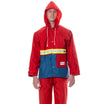
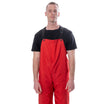
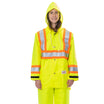
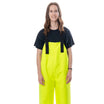
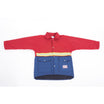
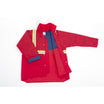

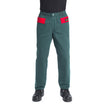
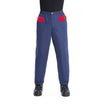
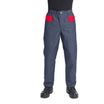
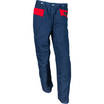
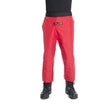
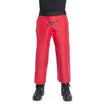
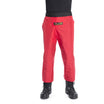
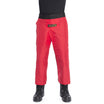
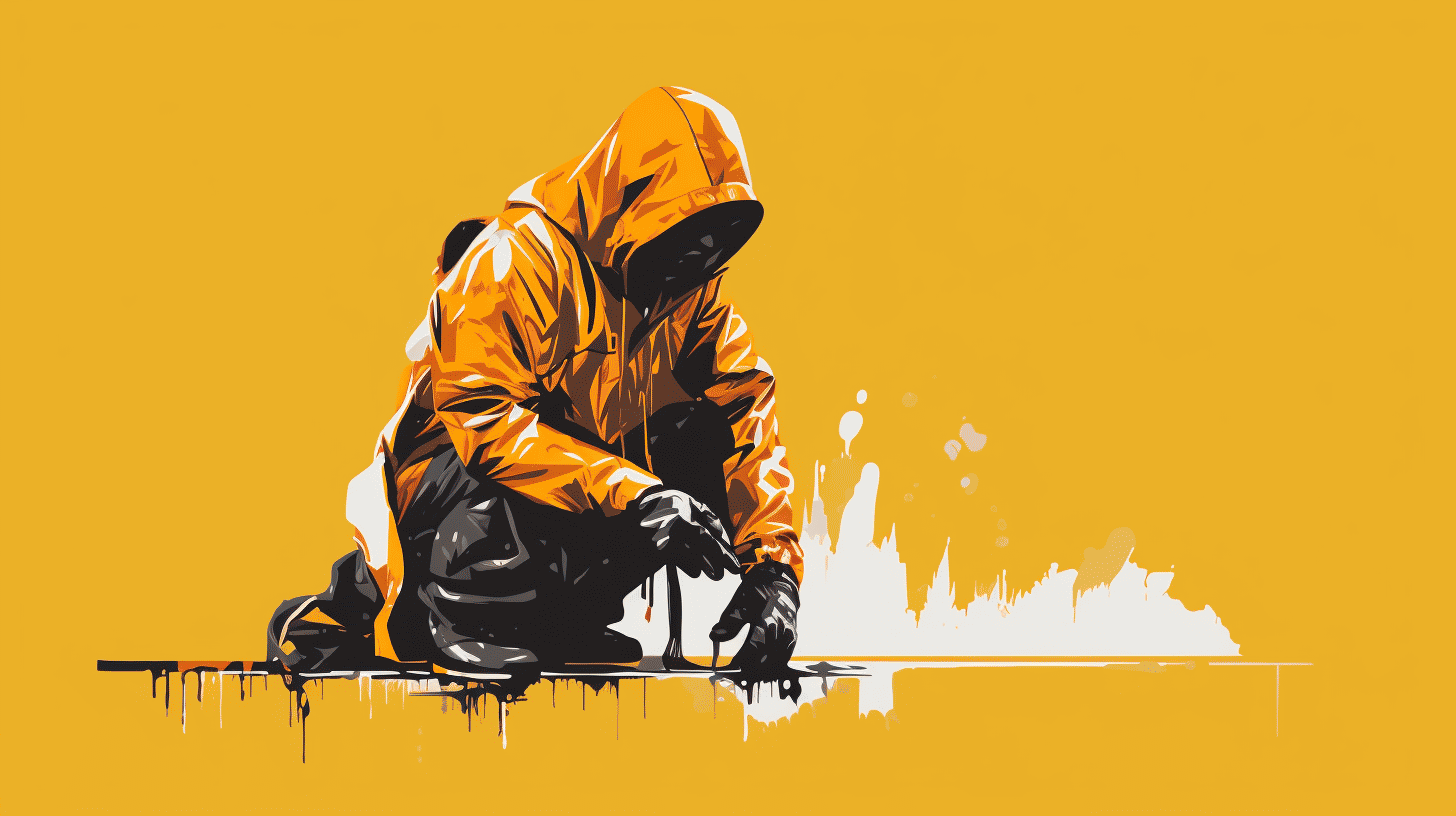
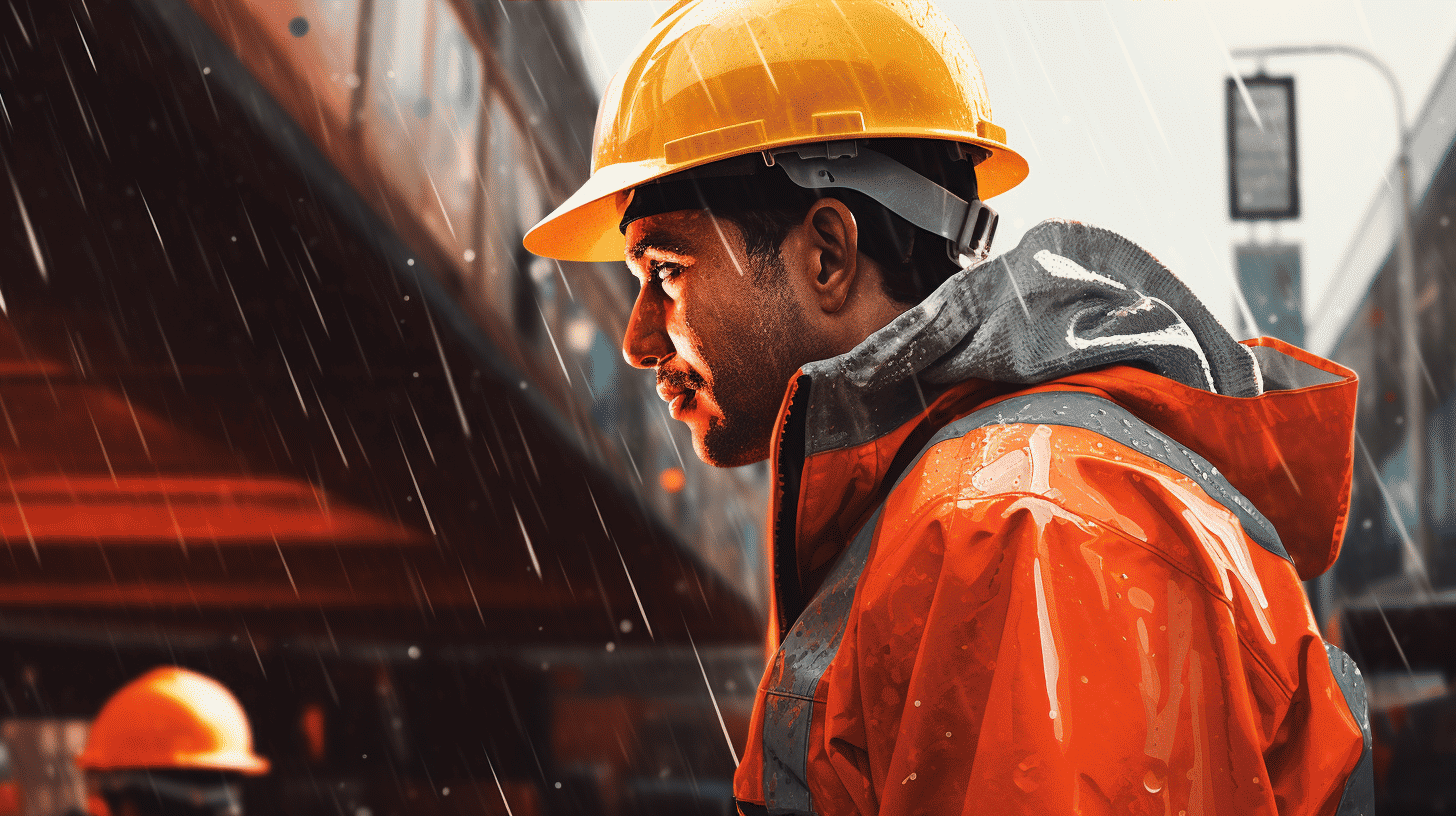
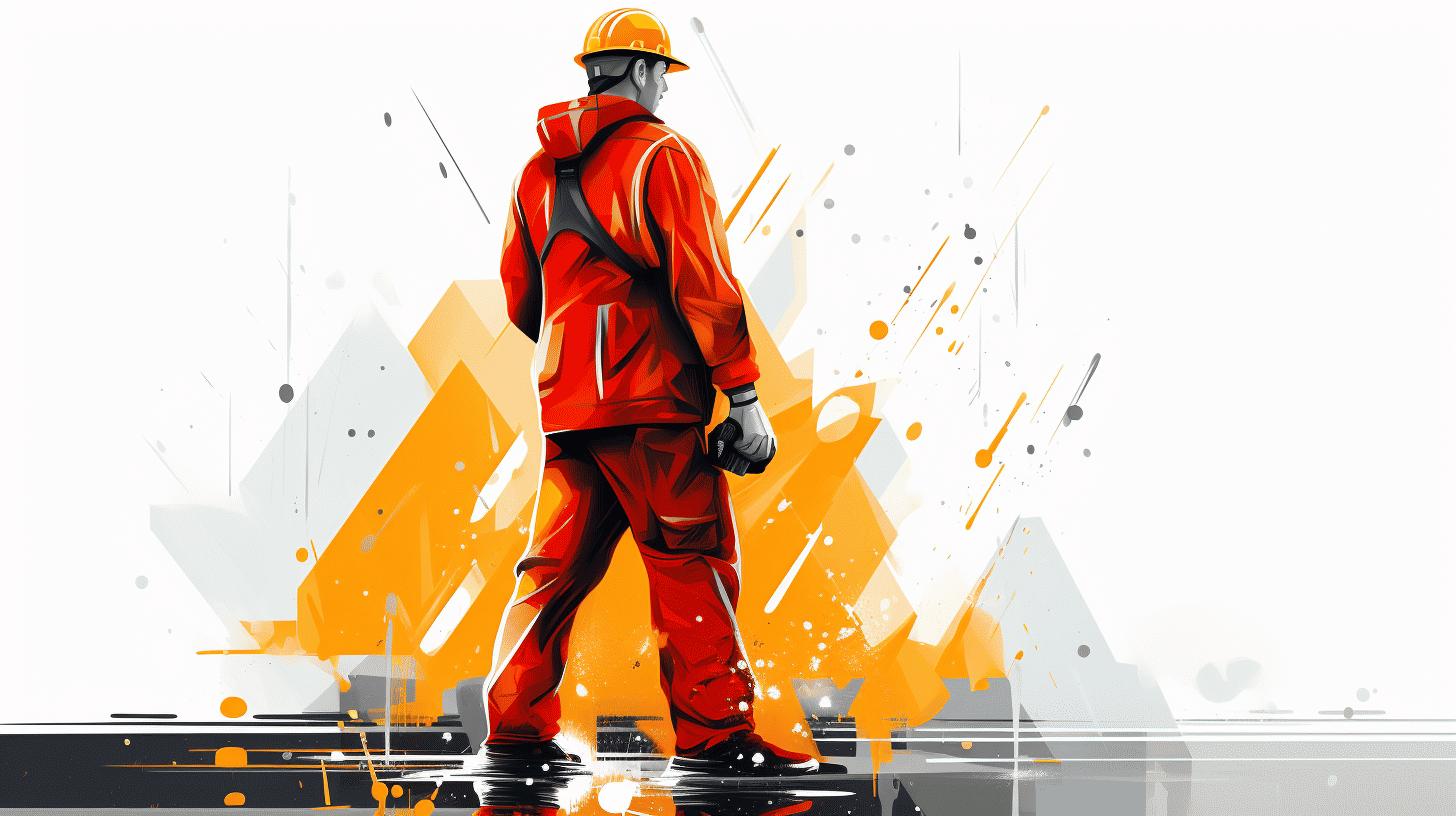
Leave a comment
This site is protected by hCaptcha and the hCaptcha Privacy Policy and Terms of Service apply.